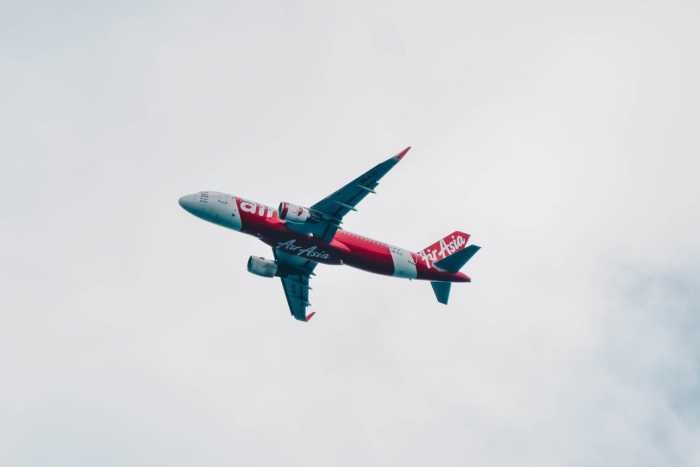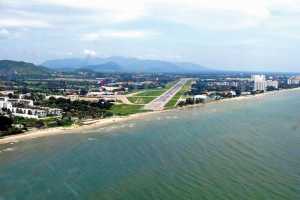
Thai AirAsia X Reports Improved Performance for Q2 2016
2nd Sep 2016

Long haul Thailand-registered airline Thai AirAsia X (TAAX) reported yesterday its second quarter results, with improvements visible in passenger volume, load factor, number of passengers carried and revenue.
TAAX’s improved performance for the Q2 2016 came even though the International Civil Aviation Organization (ICAO) red flagged Thailand’s civil aviation sector in December last year due to the country’s oversights in aviation safety.
According to TAAX report, its Q2 revenue was reached 1.75 billion baht, a 17 per cent increase compared to 1.4 billion baht revenue in the previous period.
Thai Air Asia X reported that its load factor for the second quarter went up to 89 per cent, whereas it was 72 per cent last year in the same period.
The budget carrier also carried 308,000 passengers between April and June, which was 35 per cent more than it did in the same period in 2015, when it carried 228,000 passengers.
Thai AirAsia X’ best performing route in the second quarter of 2016 was Bangkok to Shanghai.
The airline officials said the second quarter improvements came as a result of more international tourist arrivals in the period between April and June. They did not say, however, if Thai AirAsia X’ balance sheet has turned around.
TAAX execs also said that better performance in the second quarter will allow the carrier to carry 1.1 million passengers in this year and have an average load factor of 80 per cent or more.
Right now, TAAX is focusing on Japan and South Korea markets, despite the fact that these two countries followed ICAO’s recommendation and banned additional flights from Thai-based carriers. This left Thai AirAsia X with only the routes it served before ICAO’s decision to red flag Thailand, namely Osaka and Tokyo in Japan and Seoul in South Korea.
Those close to the company also say that TAAX could launch another route this year, its seventh in total. At the moment, the long haul Thai-based carrier operates six routes, including flights to Teheran and Muscat, added in recent months.
As for its fleet, there are apparently no plans to add more Airbus A330-300 wide-body aircraft, so the carrier will for the time being remain on the six A330-300s it currently has in service.









